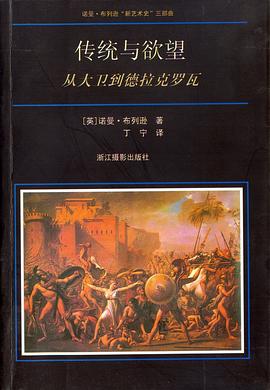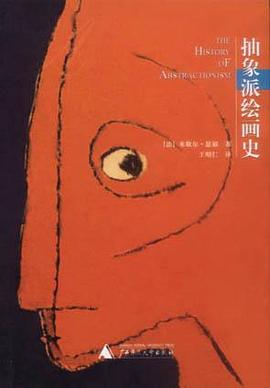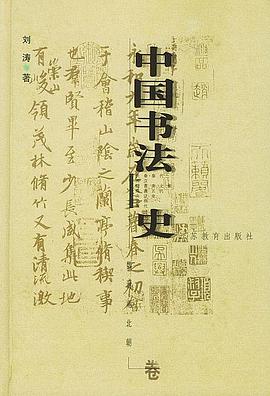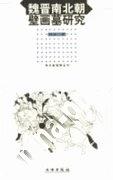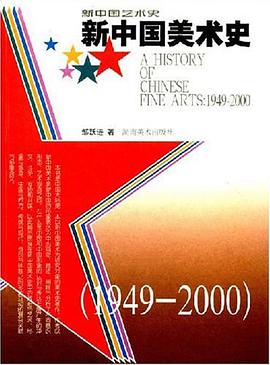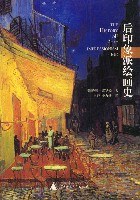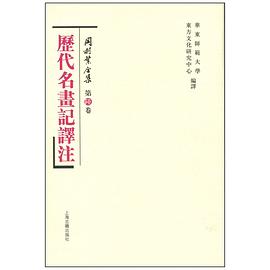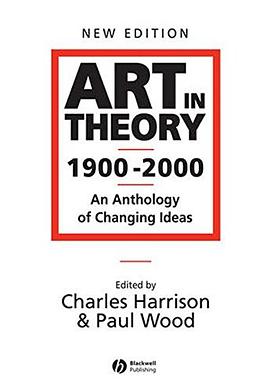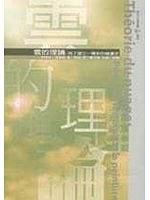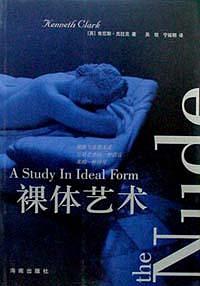

具体描述
Imperial Manchu support and patronage of Buddhism, particularly in Mongolia and Tibet, has often been dismissed as cynical political manipulation. Empire of Emptiness questions this generalization by taking a fresh look at the huge outpouring of Buddhist painting, sculpture, and decorative arts Qing court artists produced for distribution throughout the empire. It examines some of the Buddhist underpinnings of the Qing view of rulership and shows just how central images were in the carefully reasoned rhetoric the court directed toward its Buddhist allies in inner Asia. The multilingual, culturally fluid Qing emperors put an extraordinary range of visual styles into practice - Chinese, Tibetan, Nepalese, and even the European Baroque brought to the court by Jesuit artists. Their pictorial, sculptural, and architectural projects escape easy analysis and raise questions about the difference between verbal and pictorial description, the ways in which overt and covert meaning could be embedded in images through juxtaposition and collage, and the collection and criticism of paintings and calligraphy that were intended as supports for practice and not initially as works of art.
作者简介
Patricia Berger, former curator of Chinese art at the Asian Art Museum, San Francisco, is associate professor in the Department of the History of Art, University of California, Berkeley.
目录信息
读后感
This amply and beautifully illustrated volume is an important addition to the convincing new scholarship that insists that the “great” Manchu emperors be viewed not simply as consummate converts to Chinese high culture, but also as consummate imperial pol...
评分This amply and beautifully illustrated volume is an important addition to the convincing new scholarship that insists that the “great” Manchu emperors be viewed not simply as consummate converts to Chinese high culture, but also as consummate imperial pol...
评分This amply and beautifully illustrated volume is an important addition to the convincing new scholarship that insists that the “great” Manchu emperors be viewed not simply as consummate converts to Chinese high culture, but also as consummate imperial pol...
评分This amply and beautifully illustrated volume is an important addition to the convincing new scholarship that insists that the “great” Manchu emperors be viewed not simply as consummate converts to Chinese high culture, but also as consummate imperial pol...
评分This amply and beautifully illustrated volume is an important addition to the convincing new scholarship that insists that the “great” Manchu emperors be viewed not simply as consummate converts to Chinese high culture, but also as consummate imperial pol...
用户评价
A sophisticated work demands thorough reflections
评分作為新清史的寫作,在材料上不僅填補了以往以漢人書寫為主的缺憾,在歷史感觀上也讓我們重新了解了乾隆皇帝作為一個佛教藝術贊助人的活動及形象。更是從另一個角度幫助思考“仿古”和“清朝是繪畫史的衰落”等議題。文筆很華美,深入淺出的卻並不易讀的一本書。
评分作為新清史的寫作,在材料上不僅填補了以往以漢人書寫為主的缺憾,在歷史感觀上也讓我們重新了解了乾隆皇帝作為一個佛教藝術贊助人的活動及形象。更是從另一個角度幫助思考“仿古”和“清朝是繪畫史的衰落”等議題。文筆很華美,深入淺出的卻並不易讀的一本書。
评分作为佛教艺术赞助者的乾隆
评分作為新清史的寫作,在材料上不僅填補了以往以漢人書寫為主的缺憾,在歷史感觀上也讓我們重新了解了乾隆皇帝作為一個佛教藝術贊助人的活動及形象。更是從另一個角度幫助思考“仿古”和“清朝是繪畫史的衰落”等議題。文筆很華美,深入淺出的卻並不易讀的一本書。
相关图书
本站所有内容均为互联网搜索引擎提供的公开搜索信息,本站不存储任何数据与内容,任何内容与数据均与本站无关,如有需要请联系相关搜索引擎包括但不限于百度,google,bing,sogou 等
© 2025 book.quotespace.org All Rights Reserved. 小美书屋 版权所有


